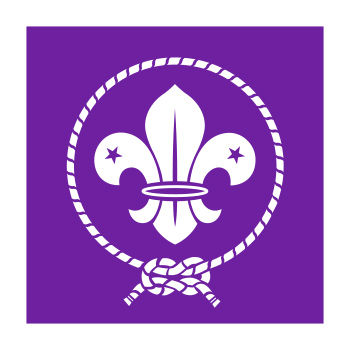
Challenge 6 | NOVEMBER 8–14
Sustainable Development Goal:
#10 Reduced Inequalities
Country: Canada/Aotearoa (New Zealand)
Meeting Length: 20 min–1 hour
Gadget: Circular Object
Challenge 6
Our Path to
Reconciliation
 Let’s use your transporting compass to ping southeast to Aotearoa (New Zealand). While last week we looked at how wildlife must adapt quickly to changing environments — especially amidst the changing climate — to survive, this week we’ll look at how cultures and communities adapt to work together and build a society that benefits everyone.
Let’s use your transporting compass to ping southeast to Aotearoa (New Zealand). While last week we looked at how wildlife must adapt quickly to changing environments — especially amidst the changing climate — to survive, this week we’ll look at how cultures and communities adapt to work together and build a society that benefits everyone.
There are so many things that make us unique and different from each other, and that’s a good thing! Exchanging different ideas and practices are important for personal progression, collaboration, building strong communities and human innovation.
In Aotearoa (sounds like “au.tee.uh.row.uh”), the Māori people who are Indigenous to the land make up 16.5% of the nation’s population. In addition to having the Māori Party and two parliamentary seats for political representation, the Māori also have a treaty to protect the authority over their own affairs and natural resources. While Aotearoa (New Zealand) continues its Reconciliation journey, and not without its challenges, as Canadians we can learn a lot from the progress that has been made so far.
Unfortunately, people aren’t always treated fairly because of their differences. Let’s work together to make sure that everyone is treated equally with respect and recognized for their unique abilities and contributions.
One way to appreciate and understand positive differences in people across cultures is to become aware of how we speak to each other. Language and the terms that we use to describe ourselves, others and various communities are important because our words can either reflect our worldview correctly, or they can carry a harmful interpretation that we are not yet aware of. By understanding where words come from and how to speak respectfully, we can better engage in meaningful conversations that support positive change—like journeying toward Reconciliation.
Imagine a world where everyone feels included and uniqueness is celebrated. Let’s talk about Goal #10: Reduced Inequalities, together! Grab your GADGET, a circular object, and bring it along for your activity. This circle represents our interconnectedness; what impacts our neighbours impacts us.

